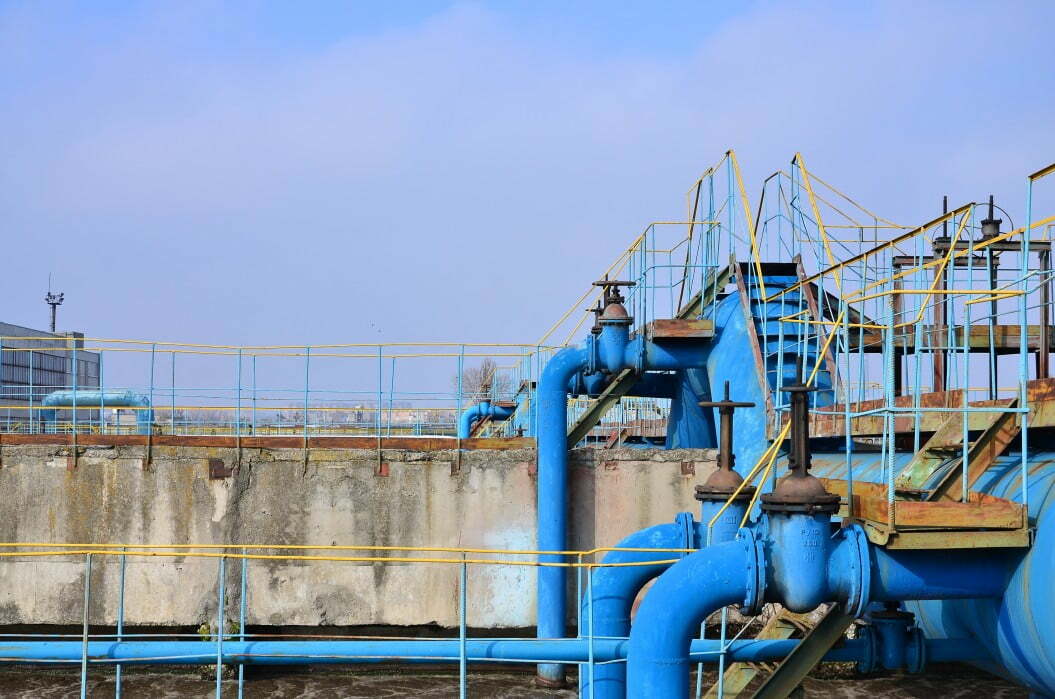Reading Time: < 1 minute
Takeaways:
- Treated wastewater will be increasingly important for future needs as costs rise and supply decreases.
- Using reverse osmosis to remove toxic impurities from industrial wastewater is one of the ways to treat wastewater.
- Oil skimming, pH adjustment, and carbon filtering are other ways to clean the impurities of these waters.
Click here to view the original web page at: The Science Behind Turning Wastewater into Clean Water










